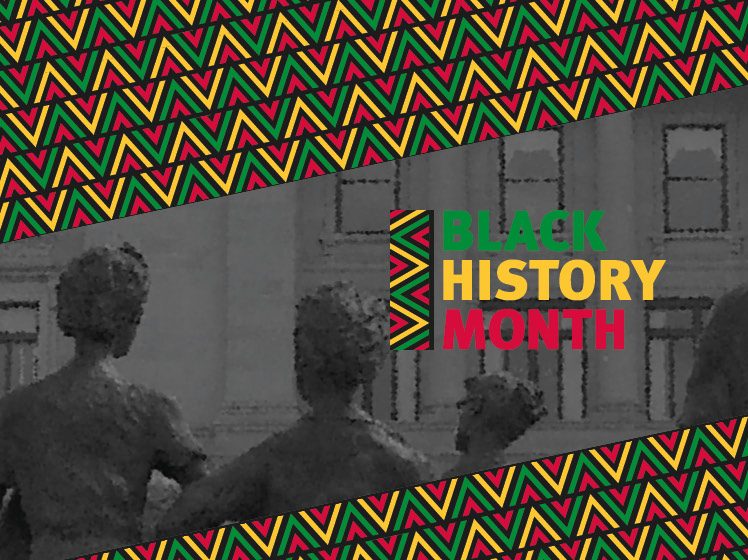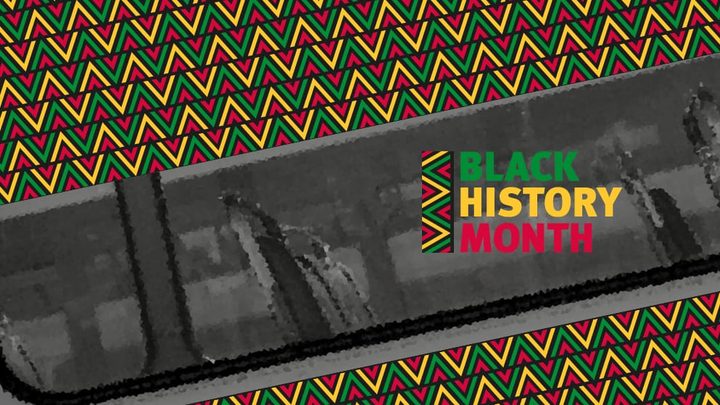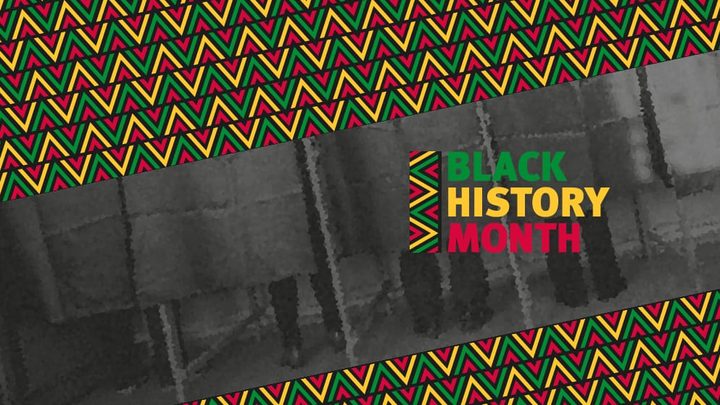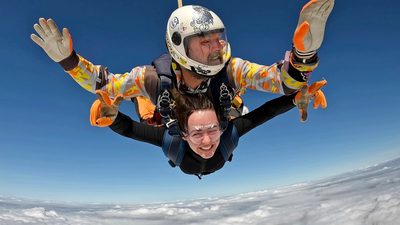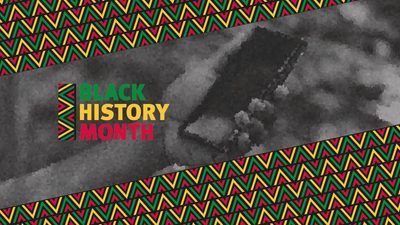Black History Month has been celebrated in the USA in February since 1970. It provides a platform to celebrate the achievements of Black people, which for many years have been overlooked in the teaching of history. It is an excellent opportunity to put a spotlight on the contributions of America’s Black community across science, politics and the arts.
The Civil Rights Movement took place between 1954 to 1968, and one of its aims was to abolish racial segregation and discrimination towards Black people throughout America.
While we often associate the Civil Rights Movement with famous activists such as Martin Luther King Jr. and Rosa Parks, it’s important to remember the social groups that also contributed greatly to the cause. This includes the inspiring efforts of thousands of young students, who took part in this non-violent revolution in a number of ways.
Read on to find out how students played a vital role in the Civil Rights Movement, and the degrees you can study if you also want to make a positive impact on society.
Brown v. Board of Education
Brown v. Board of Education of Topeka was a significant court case that took place in 1954. The case was in response to the “separate but equal” theory that was followed by American citizens for 6 decades. This was the idea that segregated public facilities were legal if the facilities for both Black and White people were identical.
However, in many instances it was discovered that these separate facilities and institutions were not equal at all, and this included schools. The Brown v. Board case led to the unanimous decision that schools should be integrated. This was the first step in the drive towards racially integrated education.
While some states made changes to their education system to honor the verdict, other states in the south fought against it. One of the states that opposed the verdict was Arkansas, where the Governor called out the National Guard to prevent Black students from attending high school in Arkansas’ capital city of Little Rock.
Eventually, President Eisenhower deployed federal troops so that 9 students, known as the Little Rock Nine, were able to enter Central High School under armed guard. These students were recruited by the National Association for the Advancement of Colored People (NAACP), as the first group of Black teenagers to attend this previously all-White high school.
They were selected based on their strength and resilience and had to attend counseling and meetings on what to expect over the months leading up to their first day. During their time there, they were faced with racist verbal abuse, angry mobs and violent attacks.
The Little Rock Nine persisted with their education despite this extreme hostility, and by 1959 they had all graduated. They went on to have successful careers in government, media and the military, and were each awarded Congressional Gold Medals by Bill Clinton for their inspiring contribution to the movement.
This is a great example of how students played a part in challenging the unjust treatment of Black people, displaying courage and resistance in the face of racism without the need for violence.
The sit-ins
Another way students contributed to the Civil Rights Movement was by conducting sit-ins across America. The sit-ins started in Greensboro, North Carolina, where a group of students sat down at a Whites-only lunch counter and calmly refused to leave after being denied service. The police were called, but soon realized they couldn’t take action because there was no violence taking place.
This movement spread to other college towns, eventually forcing a number of establishments to change their segregation policies.
Some of the activists who were involved in the sit-ins eventually went on to form the Student Nonviolent Coordinating Committee, a group which would bring further change surrounding racial segregation in America.
Student Nonviolent Coordinating Committee (SNCC)
The SNCC was founded in 1960 and consisted of mostly Black college students. Together they practiced peaceful protests and participated in several major civil rights events.
One of their earliest ideas was to organize Freedom Rides. This involved the members riding buses through the south with White volunteers, to determine the effectiveness of a new policy by the Supreme Court stating that interstate travel should not be segregated.
On their journey they faced violent acts, arrests, and one of the buses was even set on fire. However, they also gained huge support from the general public which prompted President Kennedy to take action to stop the violence against them.
This shows how influential the committee was in bringing about change and spreading awareness which had such an irreversible impact on racial inequality.
How to make your mark on history with a degree
If you’re looking to make an impact on the world or dedicate your career to a social cause you’re passionate about, we can put you on the right track.
Our partner universities offer a wide array of Social Science and Humanities degrees, covering topics such as American Studies, Applied Human Rights and Modern History. You can also pursue a career in politics with a degree in Social Policy or Political Science, and have a say in how our society is run.
Click on our handy degree finder button below to find the ideal degree for you, or contact our professional advisors who will be happy to help you begin your journey towards your dream career.

